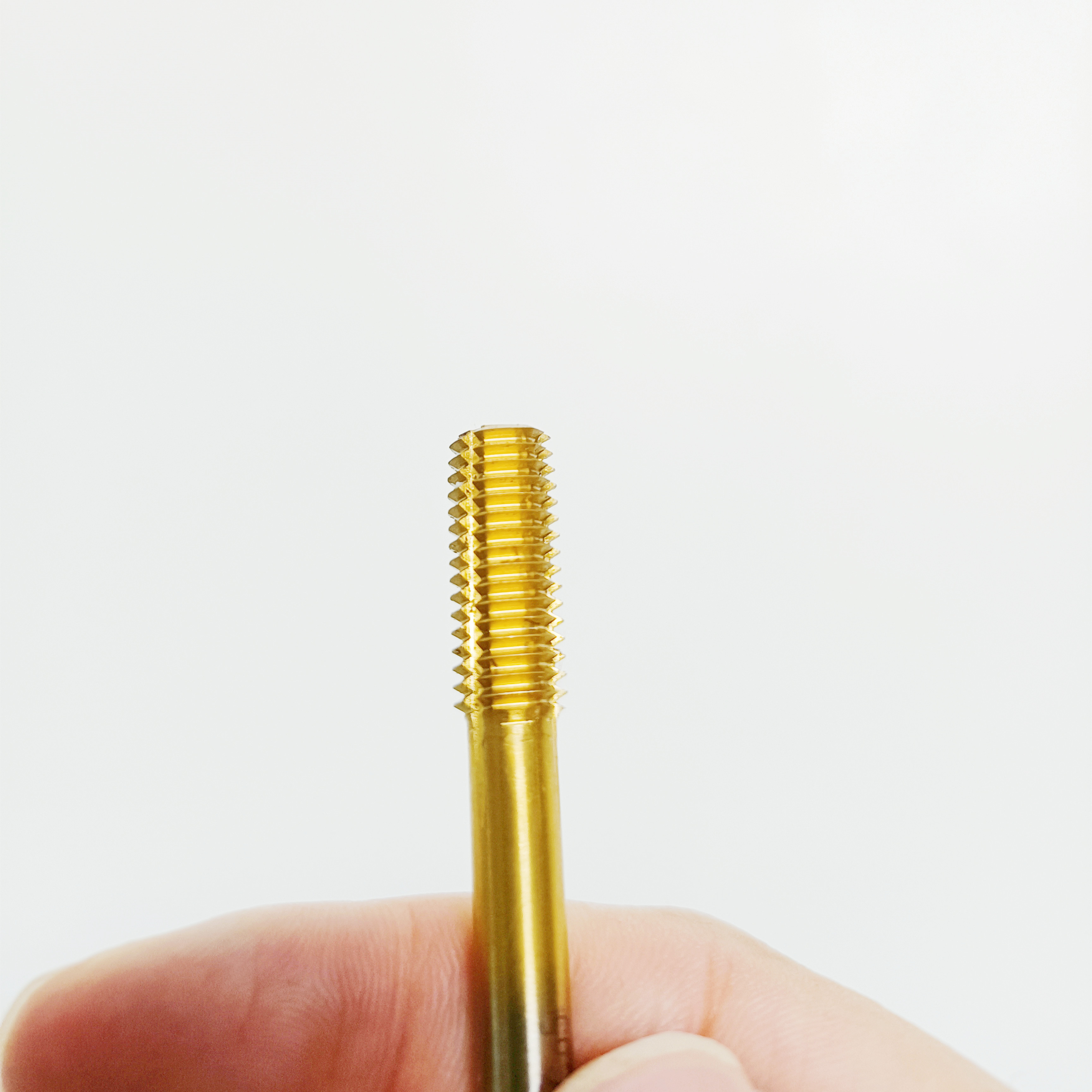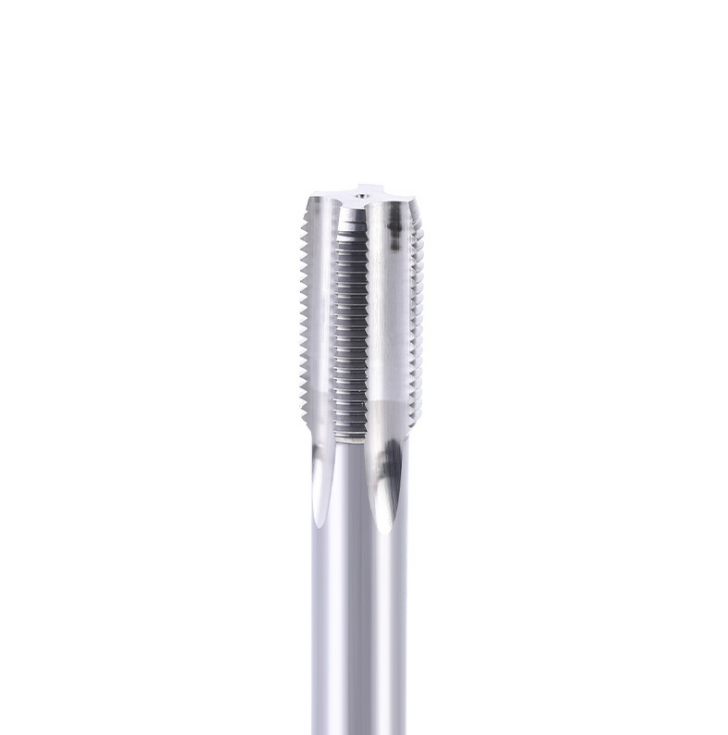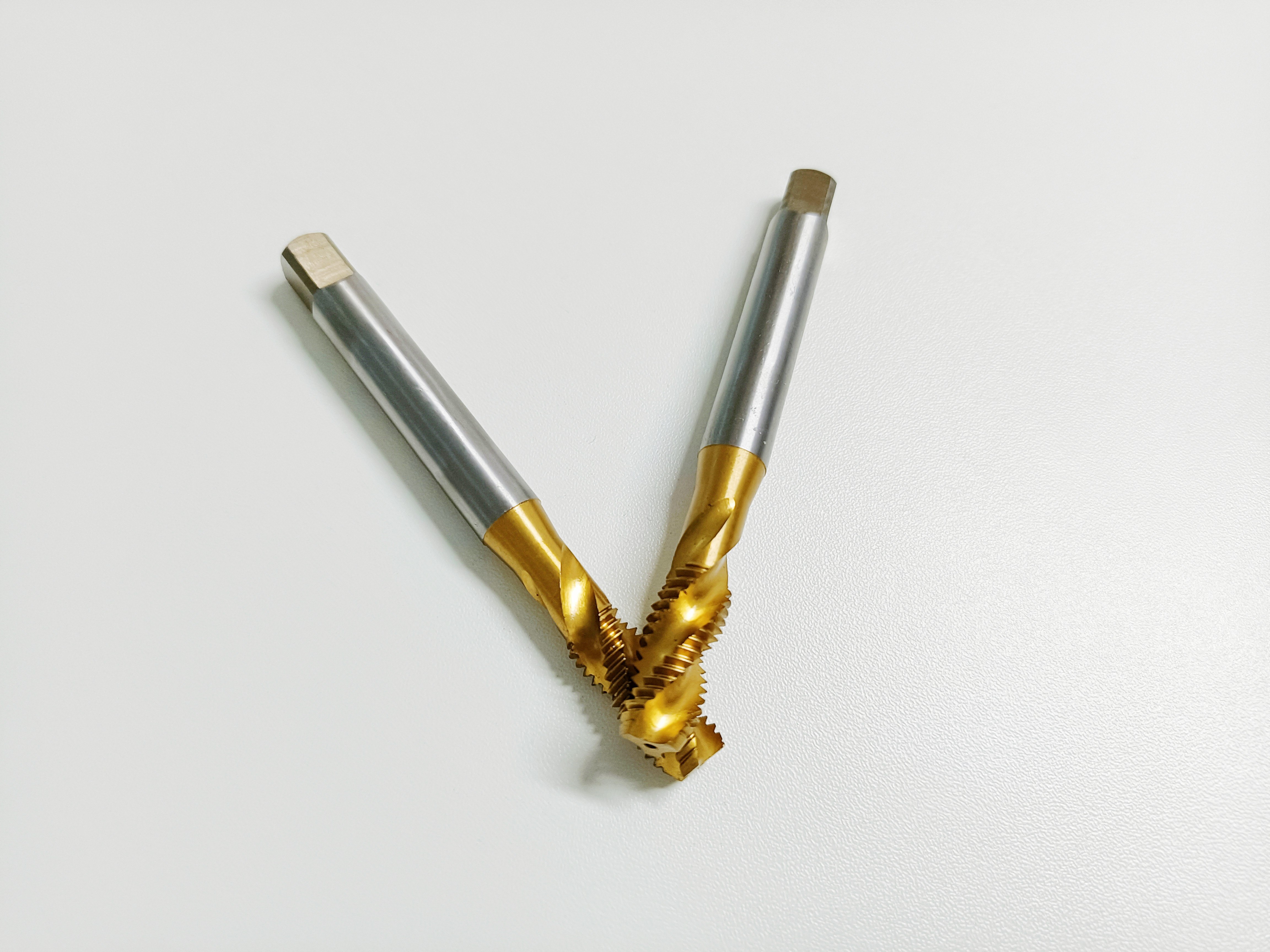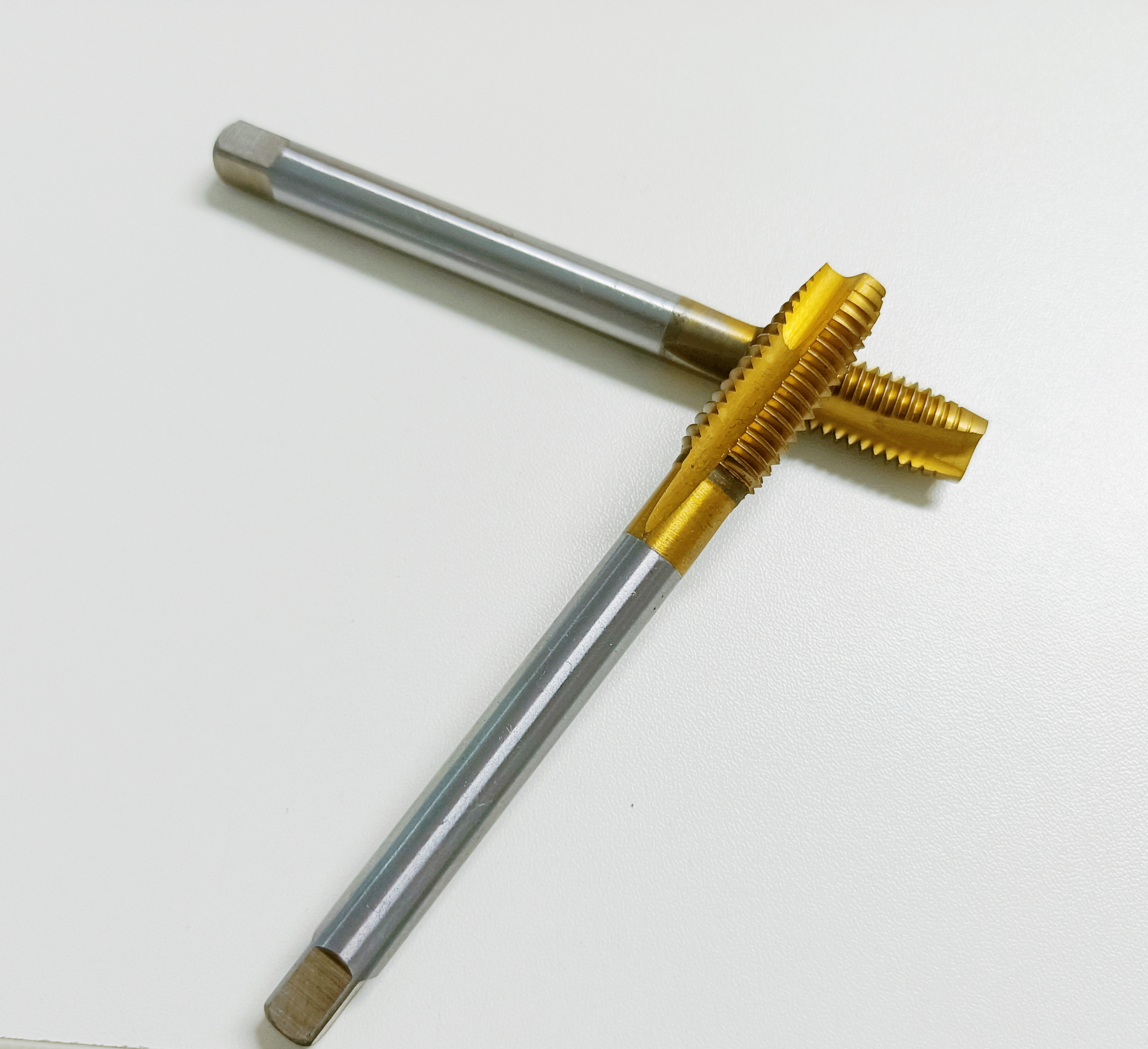1. Choose according to the tap tolerance zone
The domestic machine taps are marked with the code of the tolerance zone of the pitch diameter: H1, H2, and H3 respectively indicate the different positions of the tolerance zone, but the tolerance value is the same. The tolerance zone code of hand taps is H4, the tolerance value, pitch and angle error are larger than machine taps, and the material, heat treatment and production process are not as good as machine taps.
H4 may not be marked as required. The internal thread tolerance zone grades that can be processed by the tap pitch tolerance zone are as follows: The tap tolerance zone code is applicable to internal thread tolerance zone grades H1 4H, 5H; H2 5G, 6H; H3 6G, 7H, 7G; H4 6H, 7H Some companies use Imported taps are often marked by German manufacturers as ISO1 4H; ISO2 6H; ISO3 6G (the international standard ISO1-3 is equivalent to the national standard H1-3), so that the tap tolerance zone code and the processable internal thread tolerance zone are both Marked it.
Choosing the standard of thread There are currently three common standards for common threads: metric, imperial, and unified (also known as American). The metric system is a thread with a tooth profile angle of 60 degrees in millimeters.
2. Choose according to the type of tap
What we often use are: straight flute taps, spiral flute taps, spiral point taps, extrusion taps, each with its own advantages.
Straight flute taps have the strongest versatility, through-hole or non-through-hole, non-ferrous metal or ferrous metal can be processed, and the price is the cheapest. However, the pertinence is also poor, everything can be done, nothing is the best. The cutting cone part can have 2, 4, and 6 teeth. The short cone is used for non-through holes, and the long cone is used for through holes. As long as the bottom hole is deep enough, the cutting cone should be as long as possible, so that there are more teeth that share the cutting load and the service life is longer.
Spiral flute taps are more suitable for processing non-through hole threads, and the chips are discharged backward during processing. Due to the helix angle, the actual cutting rake angle of the tap will increase with the increase of the helix angle. Experience tells us: For processing ferrous metals, the helix angle should be smaller, generally around 30 degrees, to ensure the strength of the spiral teeth. For processing non-ferrous metals, the helix angle should be larger, which can be around 45 degrees, and the cutting should be sharper.
The chip is discharged forward when the thread is processed by the point tap. Its core size design is relatively large, the strength is better, and it can withstand larger cutting forces. The effect of processing non-ferrous metals, stainless steel, and ferrous metals is very good, and the screw-point taps should be preferentially used for through-hole threads.
Extrusion taps are more suitable for processing non-ferrous metals. Different from the working principle of the above cutting taps, it extrudes metal to make it deform and form internal threads. The extruded internal thread metal fiber is continuous, with high tensile and shear strength, and good surface roughness. However, the requirements for the bottom hole of the extrusion tap are higher: too large, and the amount of base metal is small, resulting in internal The thread diameter is too large and the strength is not enough. If it is too small, the enclosed and extruded metal has nowhere to go, causing the tap to break.

Post time: Dec-13-2021





